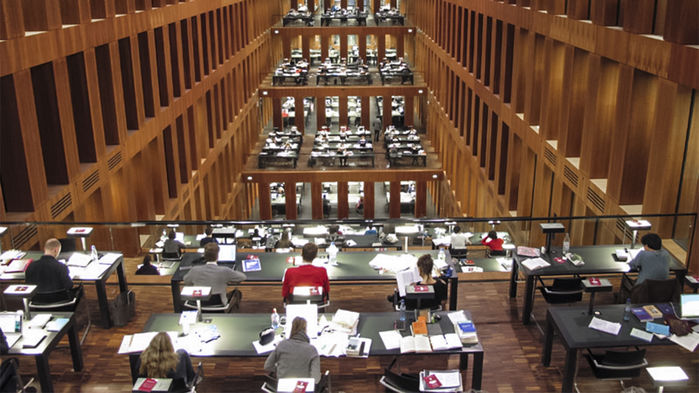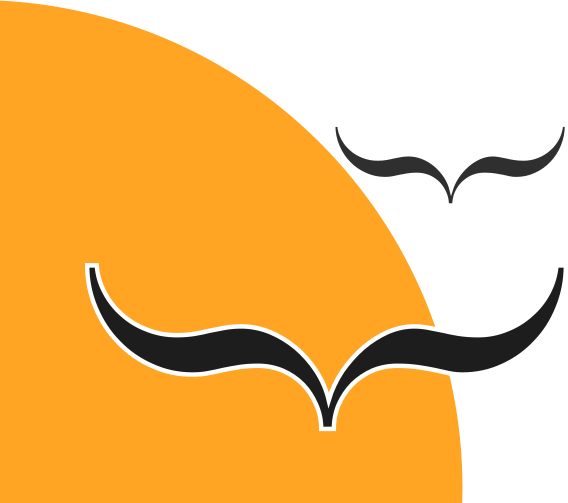By Gretchen Vogel, Kai Kupferschmidt
In a third-floor conference room here overlooking the famous Potsdamer Platz, once bisected by the Berlin Wall, the future of academic publishing is being negotiated. The backdrop is fitting, because if the librarians and academic leaders at the table get their way, another major divide will soon fall: the paywall that surrounds most research papers.
Over the past 2 years, more than 150 German libraries, universities, and research institutes have formed a united front trying to force academic publishers into a new way of doing business. Instead of buying subscriptions to specific journals, consortium members want to pay publishers an annual lump sum that covers publication costs of all papers whose first authors are at German institutions. Those papers would be freely available around the world; meanwhile, German institutions would receive access to all the publishers’ online content.

Consortia of libraries and universities in the Netherlands, Finland, Austria, and the United Kingdom have all pushed for similar agreements, but have had to settle for less than they wanted. In the Netherlands, for example, Elsevier—the world’s biggest academic publisher—has agreed to make only 30% of Dutch-authored papers freely available by 2018, and only after a significant increase in the annual sum libraries pay.
In Germany, too, an agreement with Elsevier seems elusive. But Germany’s consortium, named Projekt DEAL, plans to hold firm, and it thinks a successful outcome could help trigger what some call a “big flip,” a global transition toward open access. “If it works, it would be a model for the rest of the world,” says one negotiator, mathematician Günter Ziegler of the Free University of Berlin.
The proposed “publish and read” deal would not only make German research more accessible but also reduce costs. Although the number of fully open-access (OA) journals is growing rapidly, thousands of journals still use the subscription model. Collectively, the world’s academic libraries pay some €7.6 billion in subscription fees for access to between 1.5 million and 2 million new papers annually, or between €3800 and €5000 per paper, according to an estimate by the Max Planck Society. That creates huge windfalls for publishers such as Wiley, SpringerNature, and particularly Elsevier, which recorded a 37% profit margin last year. (AAAS, the publisher of Science, also benefits from the subscription model.) “About 60% of our budget goes to pay these three publishers,” says Andreas Degkwitz, the chief librarian of Berlin’s Humboldt University. “It cannot go on.”
The German delegation is guided by a simple formula: Take the number of papers with first authors at German institutes put out by a publisher and multiply that by a reasonable fee per paper. That’s what Germany should pay the publisher—and the total is likely to be much lower than current spending on subscriptions.
After several months of negotiations, SpringerNature and Wiley seem open to the model, which resembles deals both companies struck in the Netherlands, people familiar with the negotiations say. Now the parties need to agree on an acceptable fee per article. The lower bound is the average article processing fee charged by existing OA journals, somewhere around €1300. The German Research Foundation, the country’s main science funding agency, has set an upper limit of €2000 per published article. “We won’t be able to get to [€1300], but we need to start on a path of lower prices that gradually brings us closer,” Degkwitz says.
How much should a scientific paper cost?
Library subscriptions around the world add up to between €3800 and €5000 per published journal article. Projekt DEAL aims to make German-authored papers in these journals open access and pay between €1300 and €2000 per article. Under similar deals, Dutch universities pay between €1300 and €4000 per article, but many of the most expensive subscription-based journals aren’t included.

But negotiations with Elsevier have proven more difficult. “Elsevier is the biggest of these three publishers, and it stands to lose the most,” Degkwitz says. On 1 January 2017, when an initial deadline expired, Elsevier subscriptions lapsed at more than 60 institutions, although Elsevier restored access in February, while talks continued. Negotiations stalled again in March, and a new Elsevier offer in early July “again didn’t even come close to our demands,” says DEAL spokesperson Antje Kellersohn, director of the University of Freiburg’s library.
Elsevier wants an agreement, says Nick Fowler, managing director for research networks at the company’s Amsterdam headquarters, but the “publish and read” model isn’t realistic. Elsevier is happy to have German authors pay to make their articles OA, he says, but German libraries can’t expect those payments to also cover access to papers from the rest of the world.
The company has made concessions on other points, but its refusal to agree on the principle has left the academic side exasperated. “It’s like you’re at a car dealer trying to buy a car, but the salesperson keeps trying to sell you a carriage,” Ziegler says. “You tell him ‘I don’t want a carriage, I want a car.’ And he says: ‘Well if you buy this carriage, we’ll give you this horse for free.’”
Elsevier is also balking at a second demand by the German institutions: They want the eventual deal to be public. Elsevier almost always requires that libraries keep price agreements with the company confidential. But transparency raises awareness about the cost of publishing and helps boost competition, says Leo Waaijers, an OA advocate and retired librarian at the Delft University of Technology in the Netherlands. Thanks in part to several legal fights, journal fees in the Netherlands have become public, and calculations by Waaijers have shown that Elsevier charges two or even three times as much per article by Dutch authors as three other large publishers.
Germany is a much bigger market than the Netherlands, and the current negotiations may be European academics’ best shot at the big flip. Already, the Slovenian Rectors’ Conference has adopted a resolution to use Projekt DEAL’s approach in negotiations with Wiley and SpringerNature beginning in 2018, and with Elsevier in 2019. But Fowler doubts that Projekt DEAL’s approach will catch on: He notes that major U.S. research funders, such as the National Institutes of Health and the National Science Foundation, have official policies that allow work to remain behind a paywall for a year after publication.
To succeed, Waaijers says, German negotiators must be willing to walk away without an agreement. DEAL members say they are. Since June, research and university leaders in Berlin, the state of Baden-Wurttemberg, and the influential Robert Koch Institute have all said they won’t renew their Elsevier subscriptions after they end in December. If Elsevier cuts off access again, German researchers who want to read articles from Elsevier journals, among them Cell, The Lancet, and Physics Reports, will have to resort to measures such as interlibrary loans—or go to pirate sites like SciHub.
“In the end, this is about patience,” Degkwitz says. Germany has shown before how patient it can be when dealing with a wall.
Source: http://www.sciencemag.org


